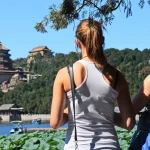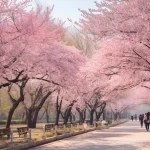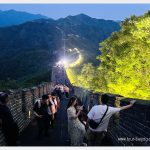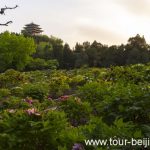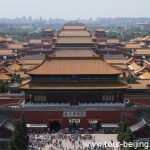Site of Xanadu (Tips, Photos & Map)
Xanadu, also known as Yuanshangdu in Chinese, literally means “Upper Capital”, which was the summer capital of Kublai Khan’s Yuan Dynasty (1274-1364) in China. The Site of Xanadu encompasses the remains of Kublai Khan’s legendary capital city, designed by the Mongol ruler’s Chinese advisor Liu Bingzhdong in 1256. The Site of Xanadu is the site…
